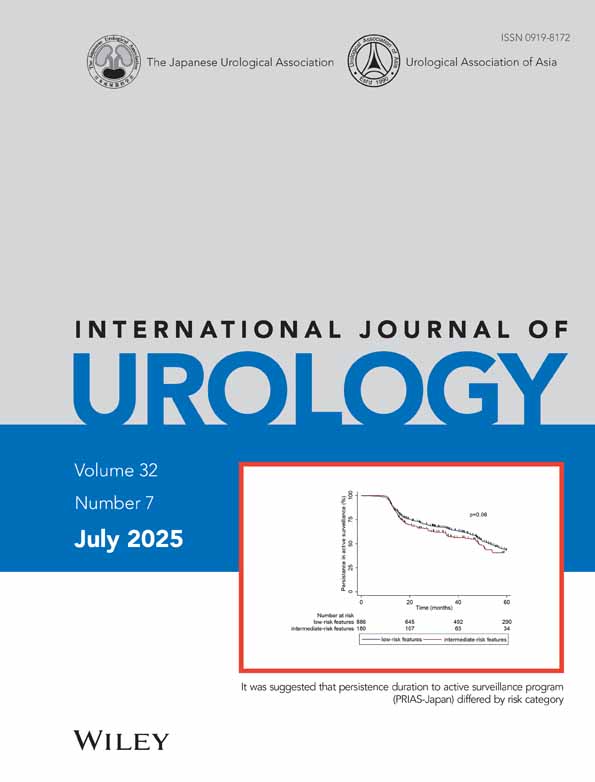Effect of KMD-3213, an α1A-adrenoceptor antagonist, on the prostatic urethral pressure and blood pressure in male decerebrate dogs
Abstract
Background: KMD-3213 is an α1A-adrenoceptor-selective antagonist currently being developed for the treatment of urinary outlet obstruction in patients with benign prostatic hyperplasia. In the present study, the uroselectivity of KMD-3213 was evaluated and compared with that of prazosin and tamsulosin in a decerebrate dog model.
Methods: Intercollicular decerebration was carried out in male mongrel dogs under anesthesia. The inhibitory effects of intravenously and intraduodenally administered compounds on the increase in intraurethral pressure (IUP) induced by electrical stimulation of the hypogastric nerve were estimated. Systemic blood pressure was measured simultaneously.
Results: The α1-antagonists tested produced a dose-dependent inhibition of the induced IUP response and decreased mean blood pressure (MBP). The ID50 of KMD-3213, tamsulosin and prazosin for IUP (dose required to inhibit the increase in IUP by 50%) was 3.15, 1.73 and 11.8 μg/kg i.v., respectively, and the ED20 for the hypotensive effect (dose required to reduce MBP by 20%) was 8.03, 0.59 and 2.46 μg/kg i.v., respectively. The data indicate that uroselectivity (ED20/ID50) of KMD-3213 is 12- and 7.5-fold higher than that of prazosin and tamsulosin, respectively. When the drugs were administered intraduodenally, KMD-3213 was sufficiently absorbed from the digestive tract and continued to demonstrate at least 3.8-fold higher uroselectivity than tamsulosin.
Conclusion: Based on these findings, KMD-3213 appears to be an effective orally active compound for decreasing urethral resistance during micturition that does not induce any negative cardiovascular effects in patients with benign prostatic hyperplasia.




